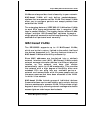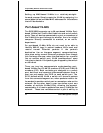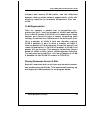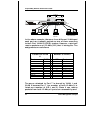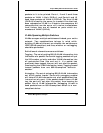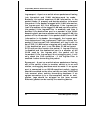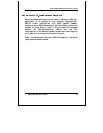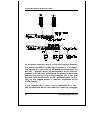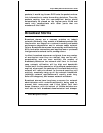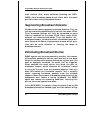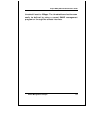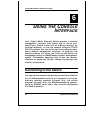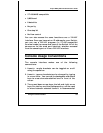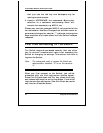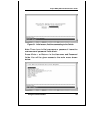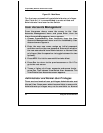
24-port NWay Ethernet Switch User’s Guide
Switch Management Concepts
49
packets, it would tag its own PVID onto the packet and use
this information to make forwarding decisions. Thus, the
packets coming from the non-compliant device would
automatically be placed on the ingress ports VLAN and
could only communicate with other ports that are
members of this VLAN.
Broadcast Storms
Broadcast storms are a common problem on today’s
networks. Basically, they consist of broadcast packets that
flood and/or are looped on a network causing noticeable
performance degradation and in extreme cases, network
failure. Broadcast storms can be caused by malfunctioning
NICs, bad cable connections and applications or protocols
that generate broadcast traffic, among others.
In effect, broadcast storms can originate from any number
of sources, but once they are started, they can be self-
perpetuating, and can even multiply the number of
broadcast packets on the network over time. In the best
case, network utilization will be high and bandwidth
limited until the hop counts for all broadcast packets have
expired, whereupon the packets will be discarded and the
network will return to normal. In the worst case, they will
multiply, eventually using up all the network bandwidth
(although network applications will usually crash long
before this happens), and cause a network meltdown.
Broadcast storms have long been a concern for network
administrators with routers traditionally being used to
prevent their occurrence, and if that failed, limit their
scope. However, with the advent of VLANs, switches are
now able to limit broadcast domains better and cheaper



